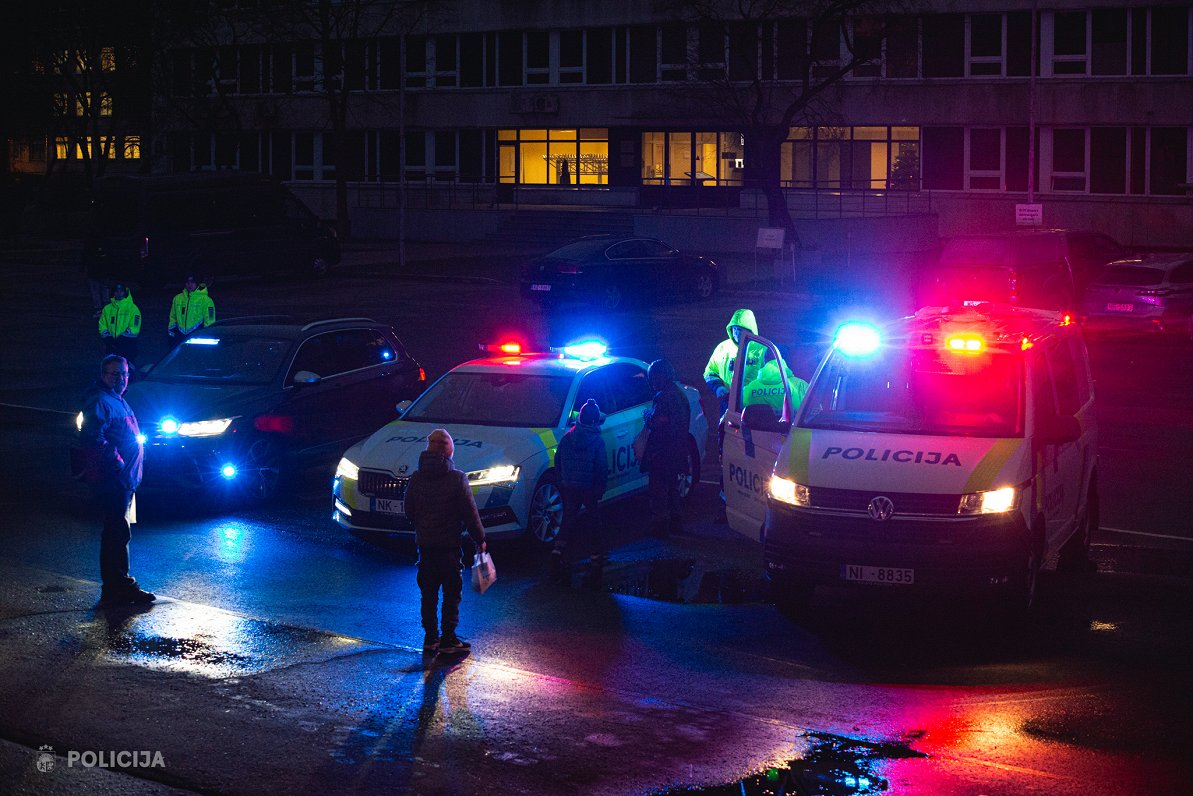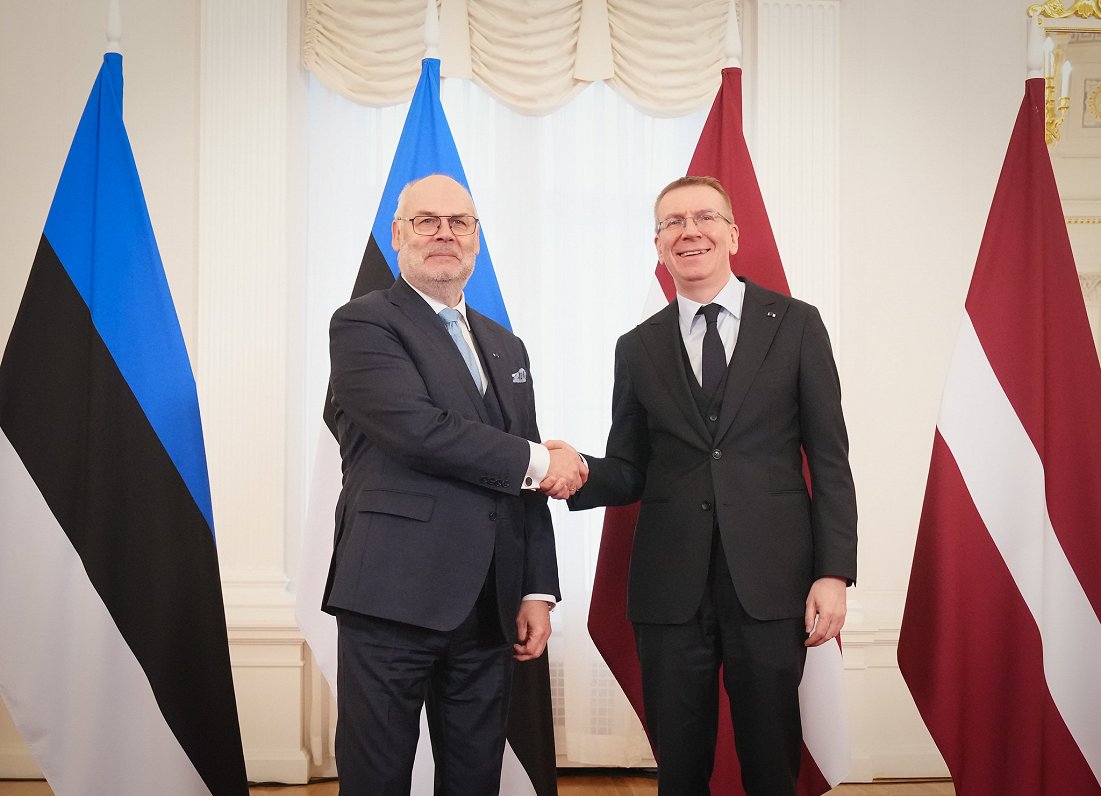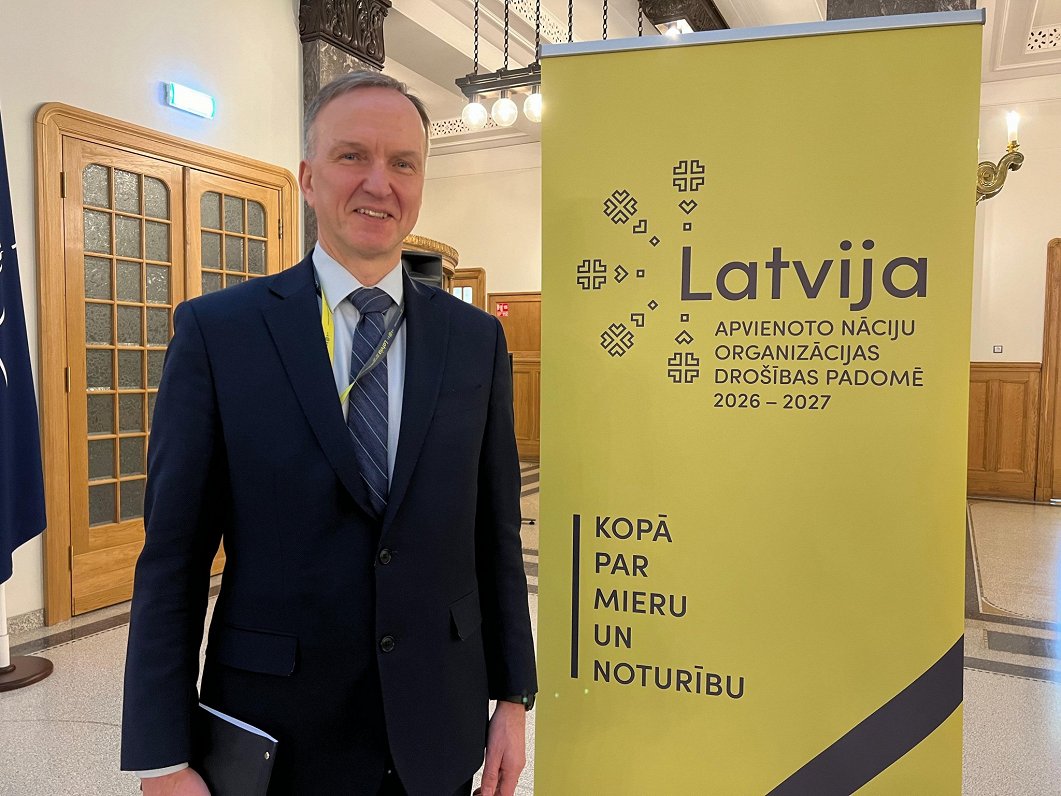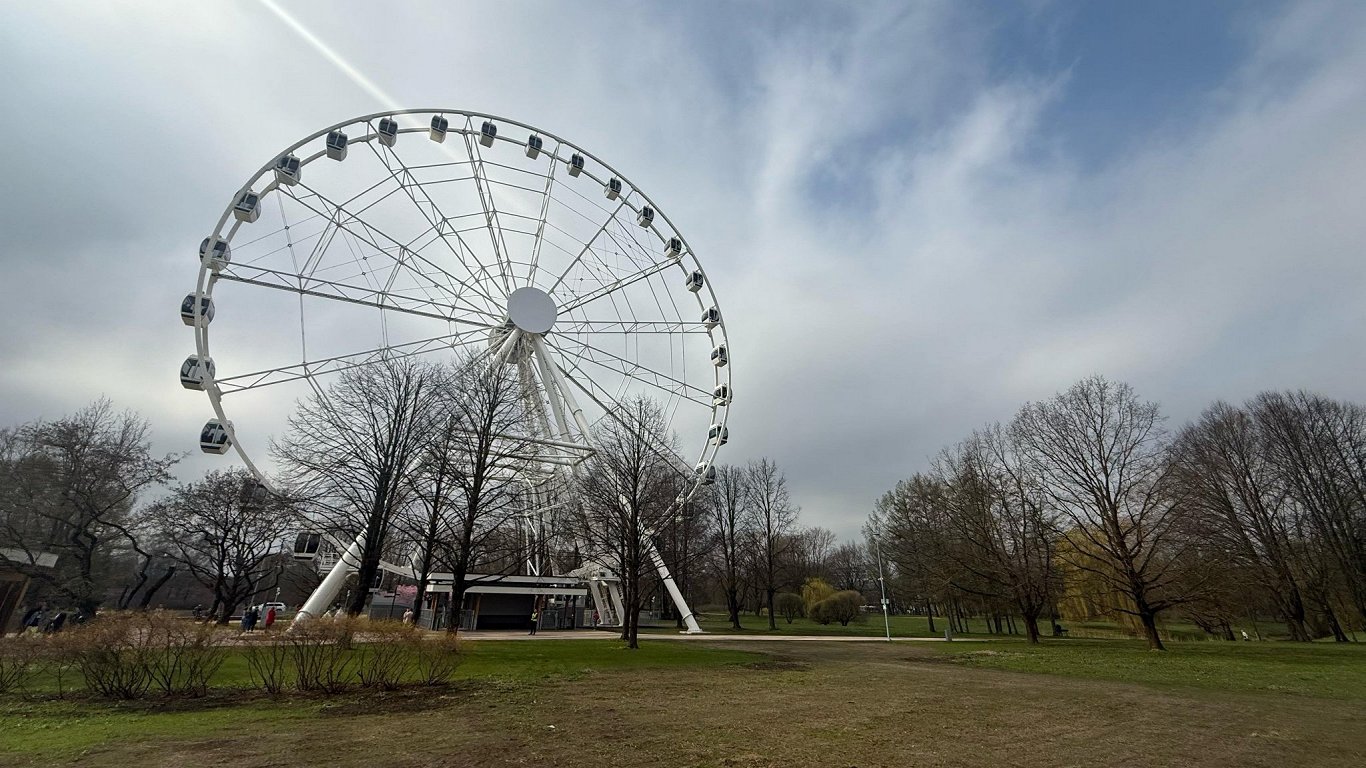Twelve years ago, the removal of a particularly contaminated site in Jelgava was announced. The Soviet-era hazardous liquid waste dump “Kosmoss” was cleaned up. However, according to the Latvian Television program “De Facto”, aired December 8, last year some of the monitoring measurements showed an increase in groundwater contamination.
Hazardous waste began to be dumped on the outskirts of Jelgava in 1950. First, it was solid waste. Later, liquid hazardous waste was transported from a number of factories. After independence, the area around the former Kosmoss landfill was rated as one of the most polluted in the country.
A contract for the site’s remediation was signed in 2010, to be carried out within 15 months. 5.5 million lats were allocated, most of it covered by European funds. The Latvian, Estonian and German consortium RTS-HEIWOE won the tender. Later, a company with a different name “RTS Infra Construction” and no German capital is mentioned. Now it too no longer exists.
Its then manager, Aleksandrs Cimermanis, said that the works were complicated. “[..]The most logical thing to do would be to take it all to Mars, to the Moon. Where to [take] all this horrible, long-poisoned thing? It has to be taken out. I would compare it to cancer. Cancer cells are either cut out or they drown it with some other even more poisonous chemistry,” said a representative of the remediation contractor, who stressed that everything was done according to the project.
The decision was made to encapsulate the former dump – to fill the ponds with shredded material from the demolition of several old buildings in Jelgava. Then it would be covered with a grooved wall six metres deep and covered with an insulating layer. Where the project went wrong – in not creating a corrugated wall around the entire core of the actual contamination area, in not pumping out the groundwater, or in not assessing the climate impact – is all a guess at the moment.
The fact is, however, that monitoring data for 2023 shows an increase in almost all indicators of hazardous substances in surface water. Also, in some boreholes at the site of the former landfill, concentrations of certain heavy metals such as chromium, lead, cobalt and mercury have increased over the years.
“What was not explored at the outset was that the area was much larger. We estimate that it could be 24 hectares. And it was only after 1970 that something more concentrated started to be built on the landfill site. There were four liquid ponds. In fact, the big pollution came from them and they had to be contained in some way so that [the pollution] did not spread further. So the decision was probably taken to encapsulate them but in an area of 5-6 hectares. So there is definitely contamination somewhere out there, at least 20 hectares, that has not been investigated,” Hardijs Verbelis, director of the South-Western Regional Environmental Directorate of the State Environmental Service (VVD), told De Facto.
As De Facto observed, there are several residential buildings in the vicinity of the former landfill. New houses are being built in many places. However, there is no centralized water supply in the area. Residents are installing boreholes and use filters.
Whether there is contamination dozens of meters down is not investigated by the VVD. The deeper boreholes could discharge harmful substances into deeper layers. But residents do not test so extensively for heavy metals when installing boreholes. “The analyses that are always taken to put water filters in are no different, they are all bad in Jelgava. You also have to put a purification system in the house to have good water,” said local resident Ritvars Vēvers.
Uģis Higo Glāzītis, a representative of the neighborhood association “Jelgavas Līnijas”, said that for those members who install boreholes, the water smells “like a chemistry warehouse”. However, it is expensive for residents to have such water tested for heavy metals. “And I believe that this should be done for those who have had a failed remediation,” added Uģis Higo Glasītis.
The state recognizes the problem. The VVD plans to commission an analysis to drill 15-18 additional boreholes around the dump. This is estimated to cost around €20,000.
If contamination is also found in a wider area, solutions will be sought and funding will be provided. European funds cannot be used again. At the moment, they are hoping for Norwegian grants.
In the meantime, the State calls on local authorities to help their citizens. “We have already called on the municipality and we will call on them to consider the possibility of actually connecting the residents of a particular district to the centralized water supply, as this would be the most optimal solution at the moment,” said Rudīte Vesere, Undersecretary of State for Environmental Protection at the Ministry of Climate and Energy.





